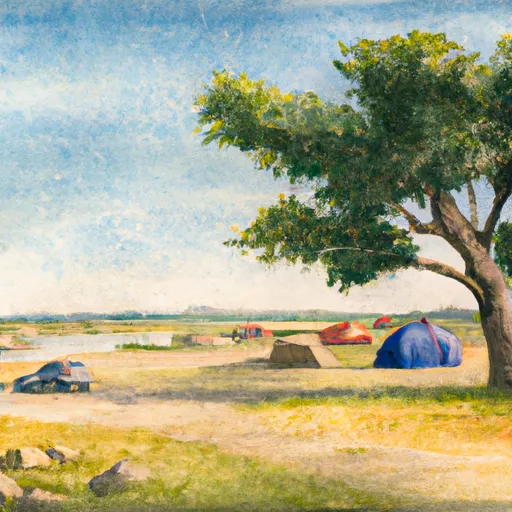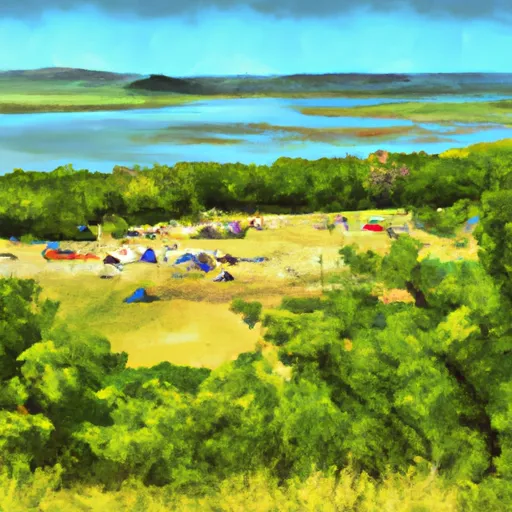Summary
Summers are hot and humid with average temperatures around 90°F (32°C), while winters are cold with temperatures dropping to around 20°F (-6°C). The area receives an average annual precipitation of 36 inches (910 mm), with thunderstorms being common during the summer months.
Hydrologically, Manhattan is situated along the Kansas River, which flows through the city and offers various water activities like boating, fishing, and kayaking. The river also provides a scenic backdrop for nature enthusiasts to explore.
Manhattan boasts several outdoor recreation opportunities, including numerous parks such as Tuttle Creek State Park and Konza Prairie. Tuttle Creek offers camping, hiking, and picnicking, as well as a reservoir for water sports. Konza Prairie is a preserved grassland where visitors can hike through scenic trails and observe diverse wildlife.
With its pleasant climate, hydrological features, and abundant outdoor recreational opportunities, Manhattan, Kansas, is a haven for individuals seeking to connect with nature and enjoy outdoor activities throughout the year.
Weather Forecast
Manhattan receives approximately 850mm of rain per year, with humidity levels near 72% and air temperatures averaging around 13°C. Manhattan has a plant hardyness factor of 6, meaning plants and agriculture in this region thrive during a short period during spring and early summer. Most plants will die off during the colder winter months.
Area Campgrounds
| Location | Reservations | Toilets |
|---|---|---|
 Tuttle Creek State Park
Tuttle Creek State Park
|
||
 Tuttle Creek Cove - Tuttle Creek Lake
Tuttle Creek Cove - Tuttle Creek Lake
|
||
 Stockdale - Tuttle Creek Reservoir
Stockdale - Tuttle Creek Reservoir
|

 Warner Memorial Park
Warner Memorial Park
 Cico Park
Cico Park
 Anneberg Park
Anneberg Park
 Tuttle Creek State Park
Tuttle Creek State Park